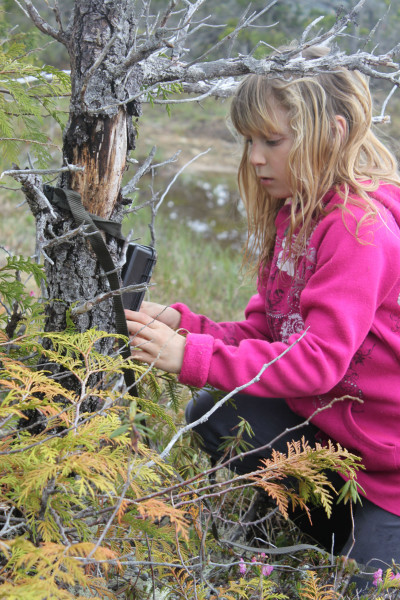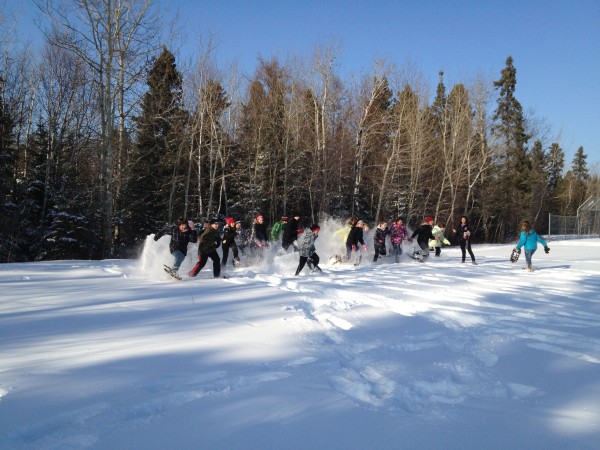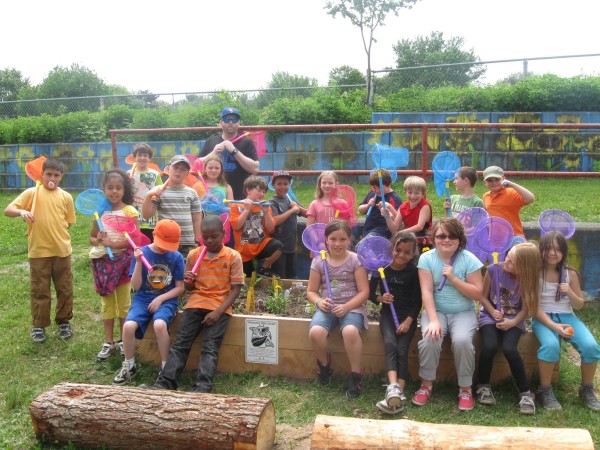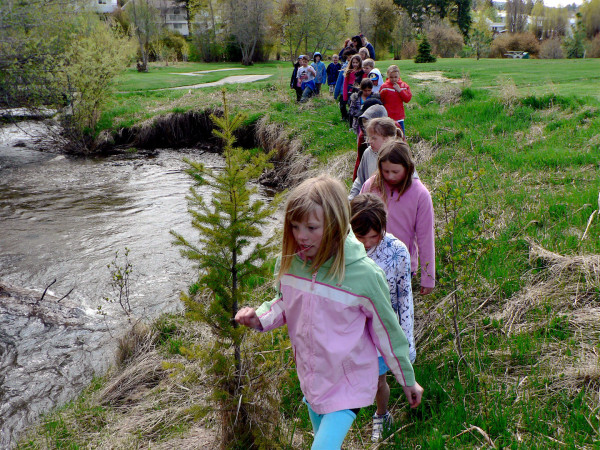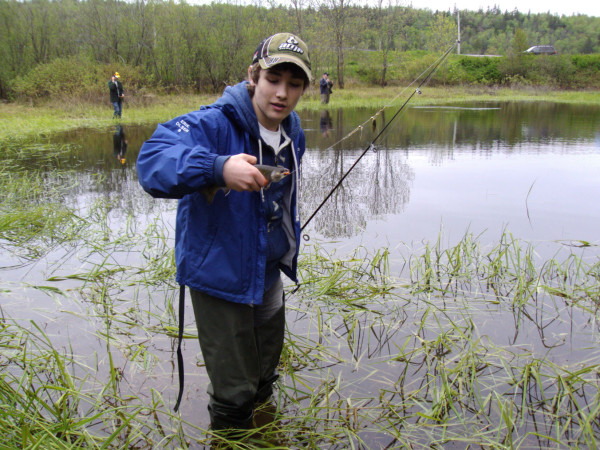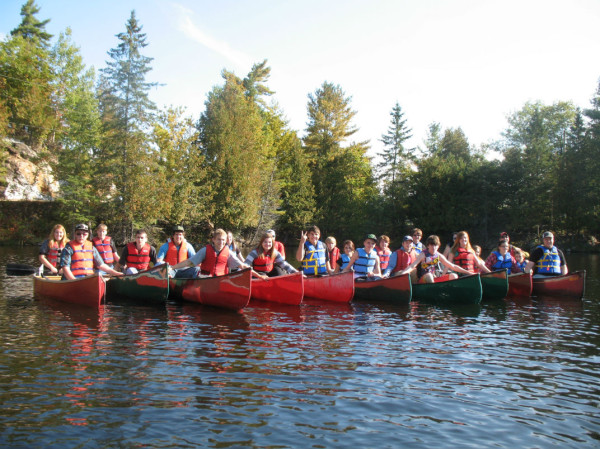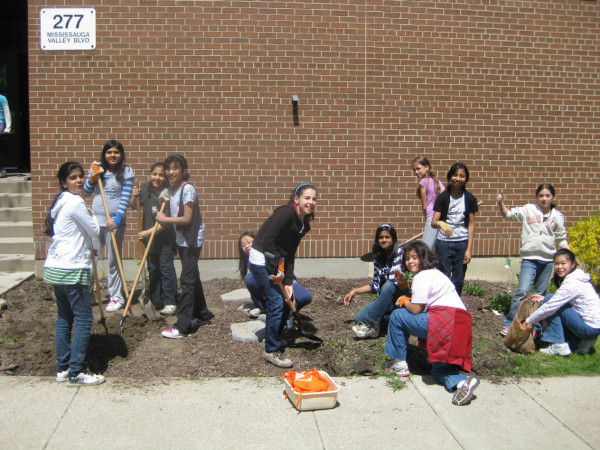Seven schools doin' some good for the environment
WWF’s Schools for a Living Planet program has one main focus: to empower students and teachers of all ages to lead us to a sustainable future and live in harmony with nature. We offer free tools, resources and lesson plans for teachers to use in the classroom, but what better way to engage students than by taking them outside the classroom and connecting them directly to nature? Here are seven schools that are doing just that.
1. Shearwater Elementary
Denny Island, BC
Denny Island is in the heart of the Great Bear Rainforest. “Our school is located in an important wildlife habitat, surrounded by wild salmon rivers,” says Karen McAllister, a parent council member. Despite the proximity to a pristine environment, many students were fearful of wildlife. To educate students about co-existing with wildlife, the school installed sensor cameras in a variety of locations and then researchers from Pacific Wild worked with teachers to organize activities, including a weekly nature walk. The students learned about local trails, tracking, data collection, orienteering and many species.
2. Bishop EQ Jennings Senior Elementary School
Thunder Bay, ON
Joel Biesenthal, a teacher at Bishop EQ Jennings, started leading outdoor expeditions to combat what he felt was his students’ disconnection with nature. “But,” he says, “keeping up with them year-round can be challenging with our long winters.” Luckily, he discovered a solution — snowshoes. Many of his colleagues have embraced the chance to use snowshoes with their classes, too, either for lessons or just their daily dose of physical activity.
3. École Burton Ettinger Elementary School
Halifax, NS
At École Burton Ettinger Elementary, students, staff and parents have created a large outdoor classroom with native trees and shrubs, raised vegetable beds and a monarch butterfly waystation. Parent council member Tamara Lorincz hopes the school garden project will restore biodiversity to their community, which has lost much of its appeal to wildlife due to rapid land development.
4. Gordon Terrace Elementary
Cranbrook, BC
“Over the last decade, I’ve worked with my classes to raise awareness about Joseph Creek, Cranbrook’s main water source,” says Stewart Wilson, a teacher at Gordon Terrace. Now he is taking stewardship of the creek to the next level; his class is planting native plants in Kinsmen Park to help provide a well-developed root system to stabilize the banks and reduce erosion.
5. Hampton High School
Hampton, NB
Hardy Cameron, a teacher at Hampton HS, created his school’s small fishery, The Hampton HS Fly Fishing and Angling Club, so that students can stride out into the water for hands-on learning about watershed conservation. “We need to promote fisheries education and by creating anglers who are aware of these resources, it becomes personal. Fishing is simply the hook to reacquaint everyone with where they came from.”
6. Maniwaki Woodland School
Maniwaki, QC
Maniwaki Woodland School is the headquarters of The Environmental Awareness and Outdoor Life Skills Project, which engages students at 8 different schools in western Quebec. The goal of the project is to make students more aware of their actions and to help them make choices that are good for the Earth.
7. Yorkdale Central School
Yorkton, SK
“Even a stone can provide a home for many creatures in our environment,” says Audrey Hrycak, a Grade 5 teacher at Yorkton Central School. The school is busy creating the “Yorkdale Royal Gardens” as a habitat for wildlife, ensuring a refuge for a variety of living things. The project will help the students understand the relationships between vegetation, insects and birds and the hope is students will create wildlife refuge gardens at home, too.
WWF’s Schools for a Living Planet connects educators and students of all ages to WWF’s conservation work. Join the S4LP community and learn how you can inspire your classrooms and classmates to build a future in which humans live in harmony with nature.

